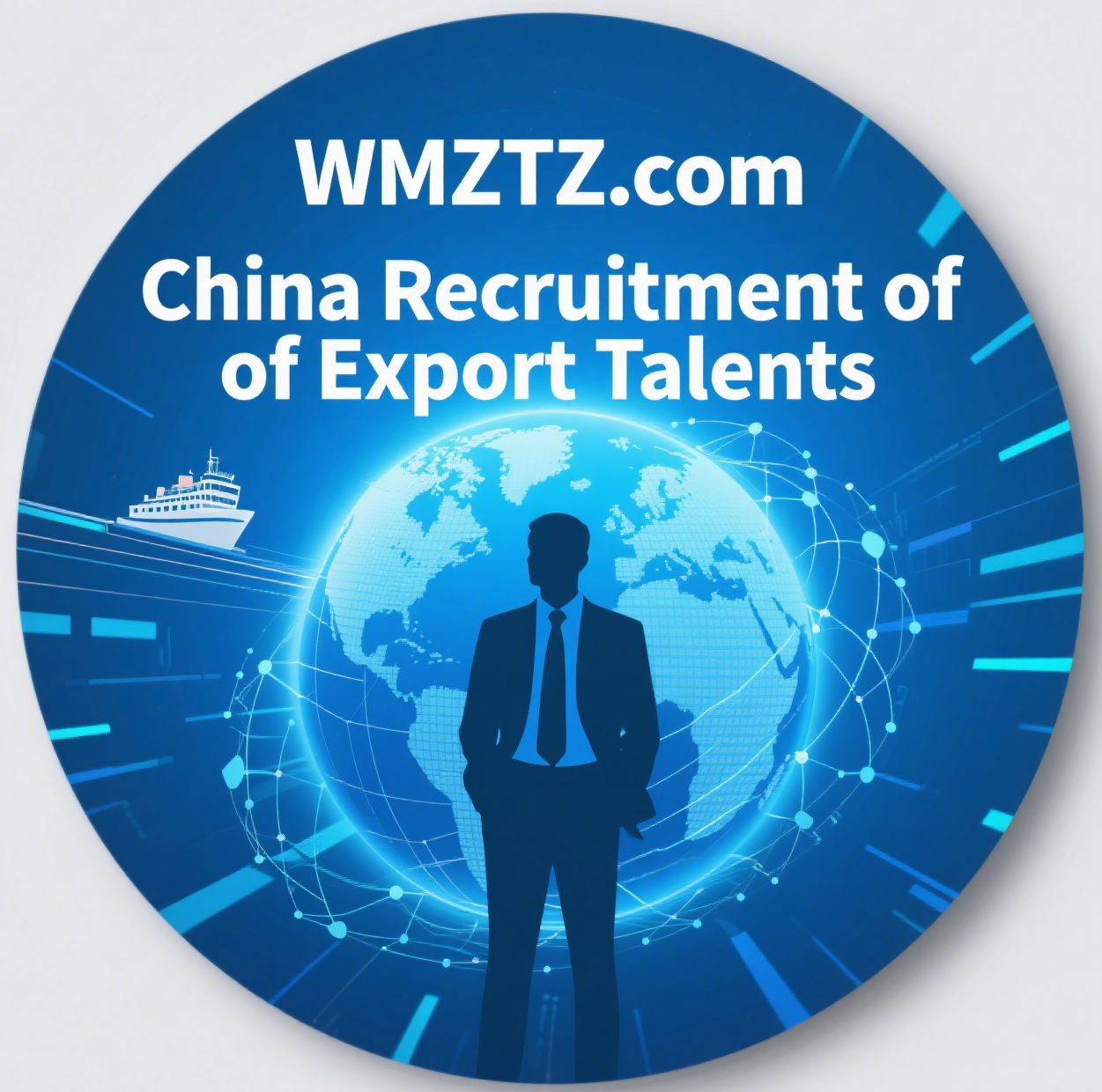Over the past 10 years, the importance of China as an export destination for Latin America has gradually increased. How will this trend develop in the coming years?
zulkufBegginer
Over the past 10 years, the importance of China as an export destination for Latin America has gradually increased. How will this trend develop in the coming years?
Share


1. Sustained Trade Growth and Deepening Economic Integration
Expanding Trade Volumes
Free Trade Agreement (FTA) Expansion
2. Diversification Beyond Commodities: Value-Added Exports
High-Value Agricultural Products
Green Energy Collaboration
3. BRI-Driven Infrastructure Upgrades and Connectivity
Logistics Revolution
Digital Connectivity
4. Geopolitical Dynamics and Strategic Realignments
Diplomatic Shifts
South-South Cooperation
5. Challenges and Risk Management
Debt Sustainability Concerns
Trade Imbalance and Value Addition
Geopolitical Risks
Future Outlook: A Diversified Partnership